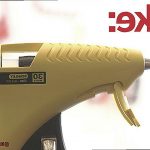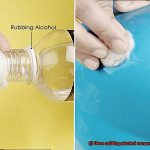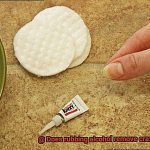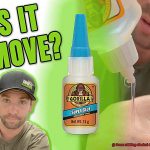Curious about how heat affects the mighty strength of Gorilla Glue? This super adhesive is famous for its ability to bond just about anything, but what happens when things start heating up? In this blog post, we’ll dive into the world of Gorilla Glue and explore how heat can either soften it or keep it rock-solid. Get ready for some eye-opening insights and real-life examples that will unravel this intriguing question.
Understanding the Science:
Contents
- 1 How Does Heat Affect Gorilla Glue?
- 2 What Temperature Is Needed To Soften Gorilla Glue?
- 3 Does Excessive Heat Damage The Materials Being Bonded?
- 4 How to Soften Gorilla Glue Using Heat?
- 5 Hairdryer or Heat Gun Method
- 6 Oven Method
- 7 Safety Precautions When Using Heat On Gorilla Glue
- 8 Different Types of Gorilla Glue May Respond Differently To Heat
- 9 Conclusion
Gorilla Glue’s incredible power comes from its moisture-activated polyurethane formula. When it encounters moisture, this glue expands, absorbs into materials, and creates an unbreakable bond. But what goes down when heat enters the picture?
While Gorilla Glue generally handles moderate temperature changes like a champ, extreme heat can mess with its mojo. High temperatures can cause the glue to soften, which means its strength might take a hit and compromise the bond. But hold on. Not all Gorilla Glue products react to heat in the same way. Different formulations have different tolerances, depending on their intended purposes.
Real-Life Scenarios:
Imagine you’ve repaired your wobbly table with Gorilla Glue. Now picture that table exposed to scorching summer days or chilling near a blazing heat source. Well, in those cases, the glue might soften under pressure, leaving your table feeling shaky again or even requiring additional repairs.
Under normal household conditions, Gorilla Glue is still one tough cookie. So unless you’re planning to expose your glued surfaces to extreme heat regularly (which we don’t recommend), you’re good to go.
Conclusion:
In a nutshell, extreme heat can indeed soften Gorilla Glue and mess with its bonding abilities. While this adhesive is top-notch for many applications, it’s crucial to consider the specific circumstances in which you’ll be using it. To keep your bonds strong and long-lasting, take some precautionary measures and avoid exposing Gorilla Glue to scorching temperatures whenever possible.
Stay tuned for our next blog post, where we’ll delve deeper into this topic and share expert tips on how to safeguard your Gorilla Glue bonds from heat-related challenges. Until then, stay curious and keep exploring the science behind everyday wonders like Gorilla Glue.
How Does Heat Affect Gorilla Glue?
Gorilla Glue, renowned for its unyielding bonding strength and durability, has left many wondering how it responds to heat. Can it be softened or manipulated for specific purposes? This blog post delves into the realm of Gorilla Glue and explores how heat affects its properties, including strength and adhesion.
The Science Behind Gorilla Glue:
Gorilla Glue is a polyurethane adhesive that cures through a chemical reaction with moisture. Once dry, it forms an indomitable and enduring bond. However, heat has the potential to alter its characteristics.
Softening with Heat:
High temperatures can soften Gorilla Glue, rendering it more malleable. This flexibility proves advantageous when reshaping or removing an object bonded with this adhesive. The glue begins to soften at temperatures above 100°F (38°C), but excessive heat compromises its adhesive prowess.
Methods to Soften Gorilla Glue:
To soften Gorilla Glue using heat, several techniques can be employed. One approach involves employing a hairdryer or heat gun to direct hot air onto the glued area. Start with a low heat setting, gradually increasing if needed, while moving the heat source back and forth over the glue.
Another method entails placing the glued object in an oven set at a gentle temperature, around 150°F (65°C). This mild heat helps soften the glue without harming the materials. However, constant monitoring is vital to avoid overheating.
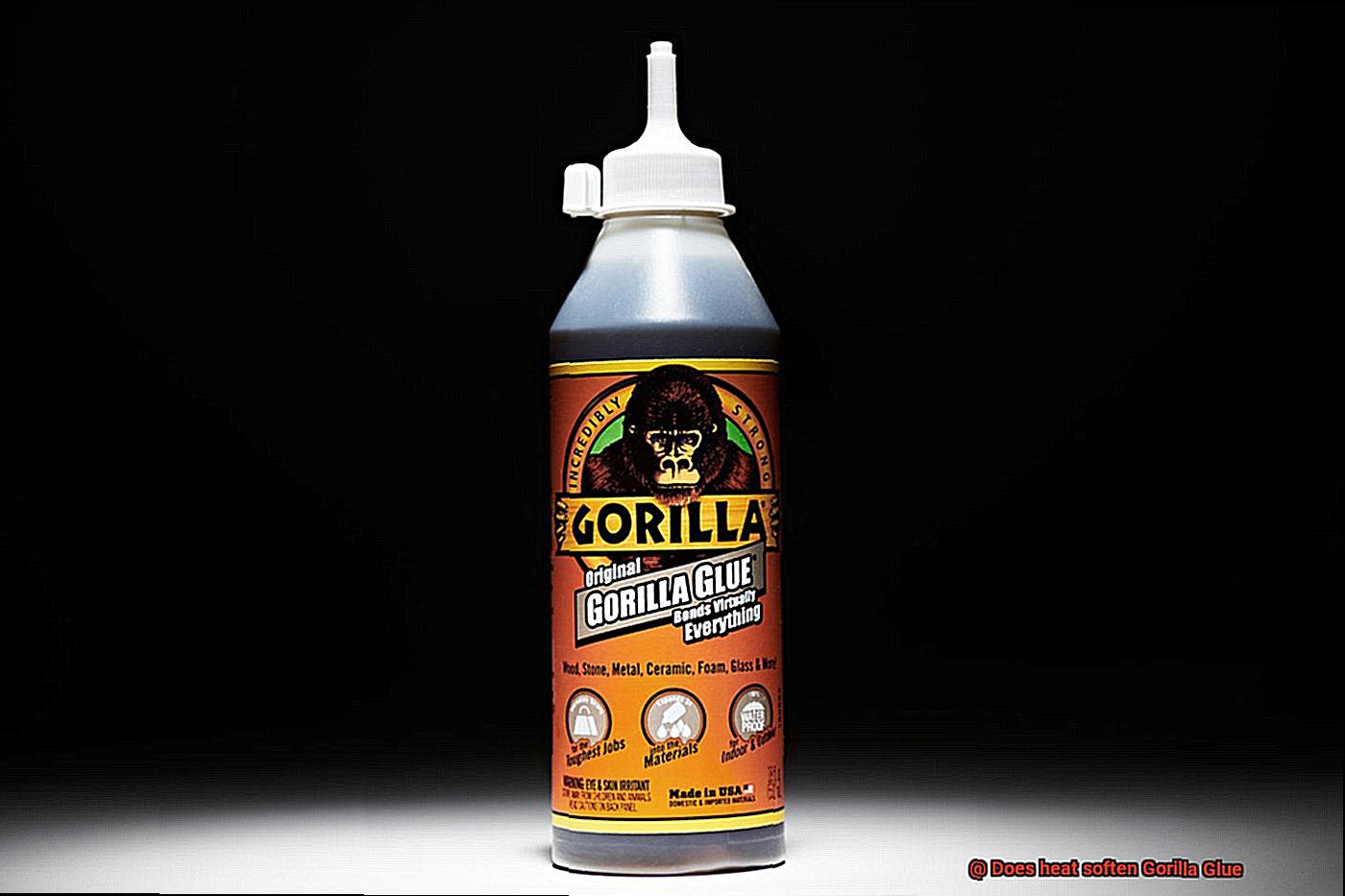
Temperature Considerations:
It is crucial to acknowledge that different Gorilla Glue formulations may exhibit varying levels of heat resistance. For instance, Gorilla Super Glue or Gorilla Wood Glue might possess different thresholds for heat exposure. Always refer to the specific product’s instructions or consult the manufacturer for guidance regarding heat usage with a particular type of Gorilla Glue.
Safety Precautions:
When employing heat to soften Gorilla Glue, cautiousness and adherence to safety guidelines are paramount. Excessive heat can release harmful fumes or cause burns if mishandled. Strictly follow the manufacturer’s instructions and implement appropriate safety measures throughout the process.
What Temperature Is Needed To Soften Gorilla Glue?
Today, we delve into the temperature range required to soften this extraordinary adhesive. Whether you’re looking to reshape an object or remove Gorilla Glue altogether, heat can be your secret weapon. So, don your safety goggles and let’s explore the fascinating science behind it all.
The Science Behind It:
Gorilla Glue is a moisture-activated polyurethane adhesive that forms a powerful bond when it comes into contact with moisture. However, heat has the remarkable ability to break down this formidable bond by accelerating the curing process and weakening the glue. But what temperature range should we aim for?
The Magic Number:
To effectively soften Gorilla Glue, you need to apply heat within a specific temperature range. Experts generally recommend temperatures between 150°F to 200°F (65°C to 93°C). Keep in mind that the exact temperature may vary depending on factors such as glue thickness and exposure duration.
Methods of Application:
Now that we know the desired temperature range, let’s explore some popular methods for applying heat effectively:
- Heat Gun or Hairdryer: Grab your trusty heat gun or hairdryer and set it to the recommended temperature range. Direct the heat towards the glued area, moving in a slow and steady motion. Remember not to hold it too close to avoid any unwanted scorching or damage.
- Hot Water Bath: For a more controlled approach, consider immersing or placing the glued object in hot water within the desired temperature range. This method ensures even heat distribution and reduces the risk of surface damage.
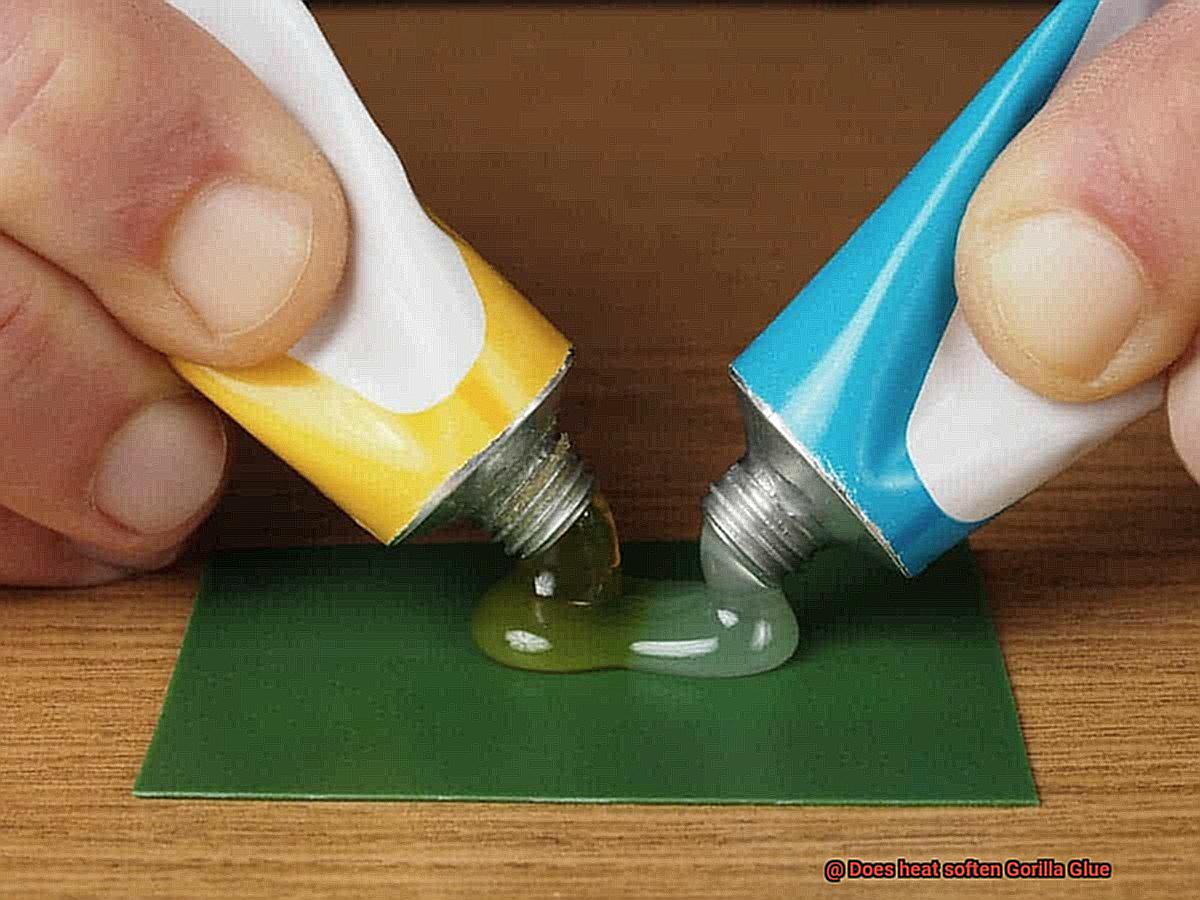
Safety First:
While heat works wonders on Gorilla Glue, safety should always be a priority. Follow the manufacturer’s instructions and take appropriate precautions. Ensure proper ventilation, wear protective gear such as gloves and goggles, and keep flammable materials away from heat sources.
Patience is Key:
Softening Gorilla Glue requires a bit of patience. Depending on the glue’s thickness and type, it may take several minutes or longer for the adhesive to soften and weaken. Persistence is key, so periodically check the progress.
Finishing Touches:
Once the glue has softened, gently pry or scrape it off using a plastic scraper or a similar tool. Avoid using anything sharp or abrasive that could damage the surface.
Does Excessive Heat Damage The Materials Being Bonded?
Before we embark on this sticky adventure, let’s address a crucial consideration – excessive heat. Yes, my friends, heat can be a formidable foe when it comes to bonding materials. Together, let us explore the sizzling truth behind this phenomenon.
The Science Behind It:
When exposed to high temperatures, the chemical composition of Gorilla Glue can undergo changes that potentially weaken its bonding properties. The exact temperature at which this occurs may vary depending on the specific formulation and type of Gorilla Glue being used.
Effects on Bonding:
Excessive heat causes Gorilla Glue to become more fluid, compromising its ability to hold materials together effectively. This increased fluidity can result in gaps or unevenness in the bond, undermining its strength and durability. Furthermore, certain construction or crafting materials may not withstand high temperatures and can warp, melt, or suffer other forms of damage when bonded with Gorilla Glue.
Heat Resistance Considerations:
To avoid catastrophe in your projects, it is crucial to consider the heat resistance of both the adhesive and the materials being bonded. Consult the manufacturer’s instructions for both the adhesive and the materials to determine their maximum temperature tolerances. If high temperatures are unavoidable, you may need to explore alternative adhesives specifically designed for such conditions.
How to Soften Gorilla Glue Using Heat?
Gorilla Glue is renowned for its strength and durability, but there are instances when you may need to soften it for easier manipulation or removal. In this guide, we will delve into the process of safely applying heat to Gorilla Glue to make it more pliable. Whether you’re a seasoned DIY enthusiast or simply curious about glue, read on to learn the step-by-step process of softening Gorilla Glue using heat.
Preparing the Surface:
Before attempting to soften Gorilla Glue, it’s crucial to prepare the surface by ensuring it is clean and free of any debris or loose particles. This step is essential for achieving better adhesion when reapplying the adhesive later. Use a cloth or brush to meticulously remove any loose particles from the surface.
Applying the Heat:
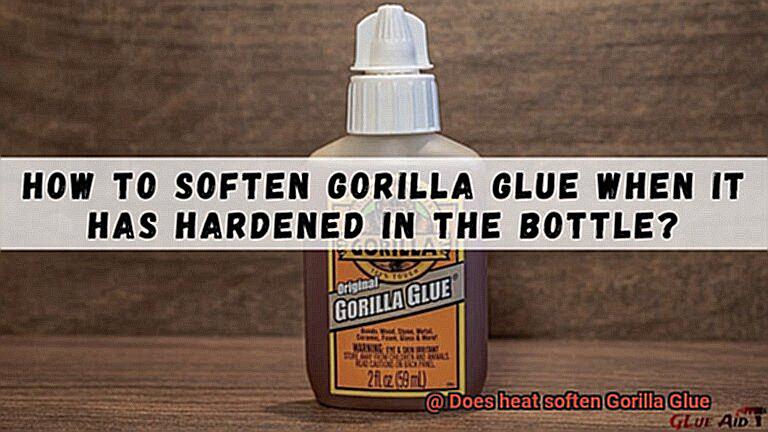
To soften Gorilla Glue, you can utilize either a heat gun or a hairdryer set on its highest heat setting. Hold the heat source approximately 6-8 inches away from the glue and move it back and forth across the glued area. It’s important to exercise caution so as not to overheat or burn the surface, which could potentially cause irreparable damage.
Testing for Softness:
After heating the glue for a few minutes, test its softness by gently pressing on it with a gloved finger or a tool. If you feel that it is slightly soft or pliable, continue applying heat until it reaches the desired level of softness. Bear in mind that Gorilla Glue may not become fully liquid or completely soft like other adhesives.
Scraping or Peeling:
Once the Gorilla Glue has softened, employ a plastic scraper or your gloved fingers (if safe) to scrape or peel off the softened adhesive. Start from the edges and work your way towards the center, being mindful not to damage the underlying surface. In cases where the glue does not come off easily, repeat the heating process until it becomes more manageable.
Cleaning Up Residue:
After removing as much softened Gorilla Glue as possible, clean up any remaining residue using a mild solvent such as acetone or rubbing alcohol. Apply the solvent to a clean cloth and gently rub the affected area until the residue dissolves. Always adhere to safety precautions and test the solvent on a small, inconspicuous area first to ensure it doesn’t damage the surface.
Hairdryer or Heat Gun Method
Imagine yourself facing a formidable opponent like Gorilla Glue, and you need to soften it for removal or manipulation. Enter the heat warriors – the hairdryer and the heat gun. In this epic battle, we will compare and contrast these two methods to help you determine which one is the right choice for your glue-taming needs.

Hairdryer: A Gentle Breeze
- Hairdryers produce relatively low heat, ranging from 140°F to 180°F (60°C to 82°C).
- Advantage: The gentle warmth can help loosen the adhesive bond without causing damage to the underlying material.
- Disadvantage: The low temperature may not be sufficient to fully soften hardened Gorilla Glue.
Heat Gun: The Intense Inferno
- Heat guns are more powerful, with adjustable temperature settings that can reach up to 1000°F (537°C) or higher.
- Advantage: The intense heat can effectively soften Gorilla Glue, making it more pliable for various purposes.
- Disadvantage: The high temperatures require caution and careful handling to prevent accidents or damage to surrounding materials.
Techniques for Removal:
- Hairdryer Method: Use a hairdryer on low heat to gently warm the glued area. This technique is ideal when you want to remove Gorilla Glue without harming the surface.
- Heat Gun Method: Start with the lowest temperature setting and gradually increase if needed. Direct the heat gun at the glued area from a safe distance, moving it around continuously to avoid overheating or scorching.
Safety First:
- Hairdryer: Since hairdryers operate at lower temperatures, safety measures are less stringent. However, caution should still be exercised when handling hot tools.
- Heat Gun: Due to the high temperatures involved, wearing protective gloves and eyewear is recommended. Follow safety guidelines to prevent accidents or damage.
In the ultimate battle between the hairdryer and heat gun methods for softening Gorilla Glue, both have their advantages and disadvantages.
While a hairdryer may not generate enough heat to fully soften the glue, it can be useful for gentle warming and removal without causing surface damage.
On the other hand, a heat gun’s higher temperatures provide more effective softening, making it suitable for various purposes such as removal, repositioning, or reshaping. However, caution and adherence to safety guidelines are crucial when using a heat gun.
Oven Method
The Oven Method is a technique used to soften Gorilla Glue, a powerful adhesive known for its exceptional strength and durability. This method involves applying low heat to the bonded item or surface in order to loosen the glue’s grip and facilitate separation. However, it’s important to note that Gorilla Glue is activated by moisture, so heat alone may not be enough to soften it. The Oven Method works best when combined with other techniques.
Before attempting the Oven Method, it’s crucial to ensure that both the Gorilla Glue and the bonded materials can withstand the heat. Some materials may be sensitive to high temperatures, which could result in warping or damage. Always consult the manufacturer’s recommendations for guidance.
To use the Oven Method, preheat your oven to a low temperature, typically around 150-200°F (65-93°C). This gentle heat will help loosen the glue without causing harm. Avoid using higher temperatures, as excessive heat can be detrimental.
Once the oven is preheated, place the bonded item or surface inside for approximately 10-15 minutes. This allows the heat to penetrate and soften the glue. When removing the item from the oven, use protective gloves or utensils to avoid burns.
After heating, attempt to separate the glued surfaces using a putty knife or similar tool. If the bond is still strong, repeat the heating and separation process until desired results are achieved. Persistence is key.

It’s important to note that not all types of Gorilla Glue bonds may respond effectively to the Oven Method. Factors such as glue age, thickness, bonded materials, and overall bond condition can influence the success of softening. In some cases, combining the Oven Method with solvents or mechanical removal may be necessary.
Safety Precautions When Using Heat On Gorilla Glue
Gorilla Glue is renowned for its strength and durability, but sometimes heat is needed to loosen its grip. However, using heat on Gorilla Glue requires extra safety precautions to ensure a safe and successful process. In this article, we will explore the essential safety measures that should be followed when working with heat on Gorilla Glue.
Protect Yourself:
First and foremost, always prioritize your safety. Wear heat-resistant gloves, goggles, and a face mask to shield your hands, eyes, and respiratory system from potential harm. These protective gears are crucial in preventing burns and protecting against fumes.
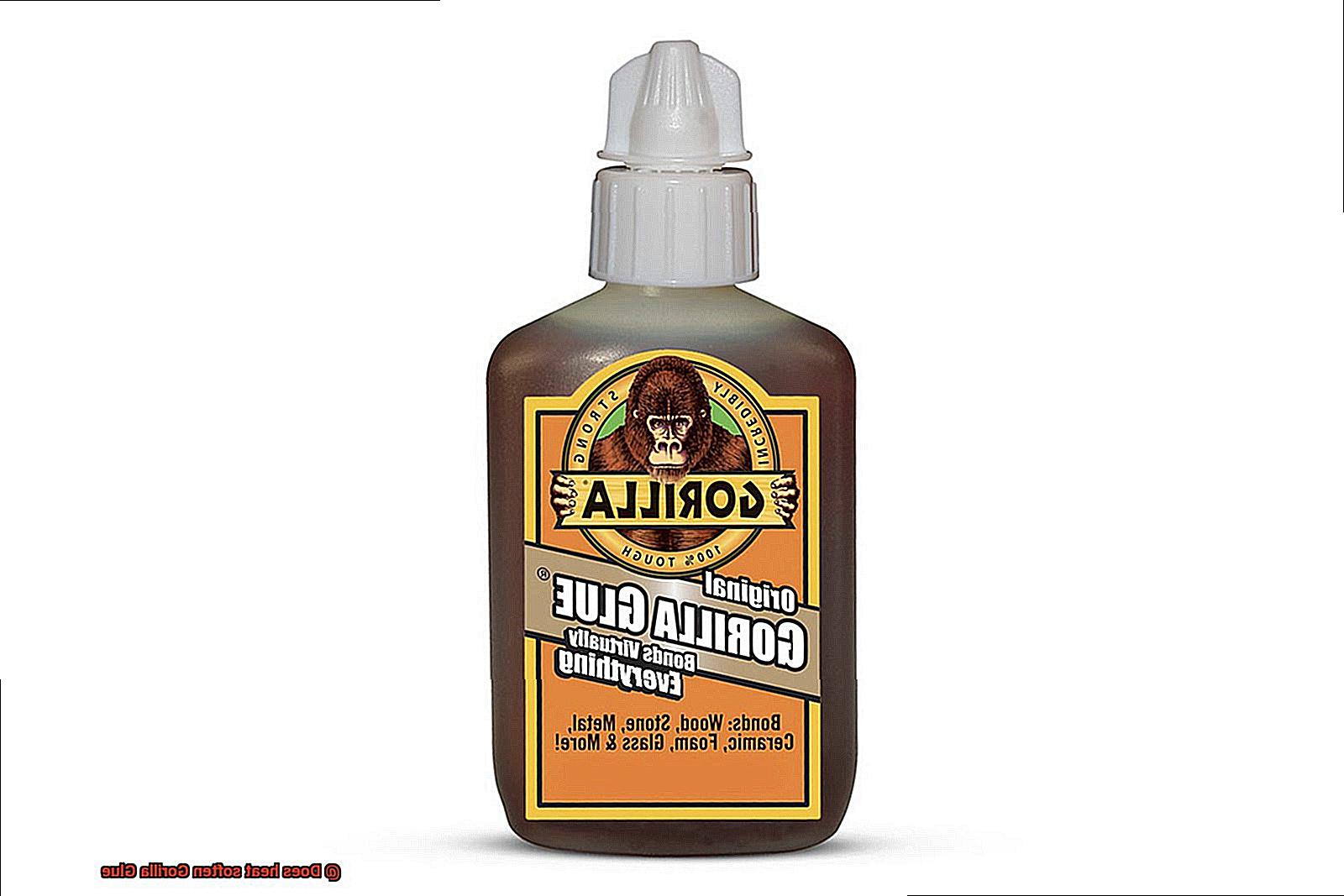
Ensure Proper Ventilation:
Working in a well-ventilated area is crucial when using heat on Gorilla Glue. Heating the glue can release fumes and vapors that may be harmful if inhaled. Open windows or use fans to dissipate these fumes and maintain a safe working environment.
Keep a Fire Extinguisher Handy:
Although Gorilla Glue is not highly flammable, excessive heat can potentially ignite the glue or other materials nearby. To prevent small fires from spreading, it is essential to have a fire extinguisher readily accessible at all times.
Handle Heat Sources with Care:
Whether you’re using a blowtorch or a heat gun, handle it with caution and follow the manufacturer’s instructions carefully. Maintain a safe distance between the heat source and the glue to avoid accidents or unintended damage.
Avoid Overheating:
Never exceed the recommended heat level for the specific type of Gorilla Glue you’re using. Overheating can release toxic fumes or even cause the glue to catch fire. Monitor the temperature closely throughout the process to prevent any mishaps.
Stay Present and Focused:
Never leave heated glue unattended. It is crucial to remain present and focused while working with heat and Gorilla Glue. This will prevent spills, burns, or other hazardous situations that may arise if you are not actively monitoring the process.
Clean Up Spills Immediately:
Clean up any spills or excess glue promptly. Once Gorilla Glue hardens, it becomes challenging to remove, especially when exposed to heat. Use appropriate cleaning solvents or methods recommended by the manufacturer to prevent damage or residue.
Store Safely:
Store Gorilla Glue and heat sources in a safe and secure location, away from the reach of children and pets. Keep the glue in a cool, dry place, away from direct sunlight or heat sources, to maintain its quality and safety.
Different Types of Gorilla Glue May Respond Differently To Heat
Gorilla Glue is renowned for its strength and versatility as an adhesive. However, it is important to understand that different types of Gorilla Glue may respond differently to heat. This blog post aims to delve into the heat resistance of various Gorilla Glue formulations and their suitability for different applications. Let’s dive in and uncover the science behind their performance.
Original Gorilla Glue: A Tenacious Bond Even When It’s Hot.
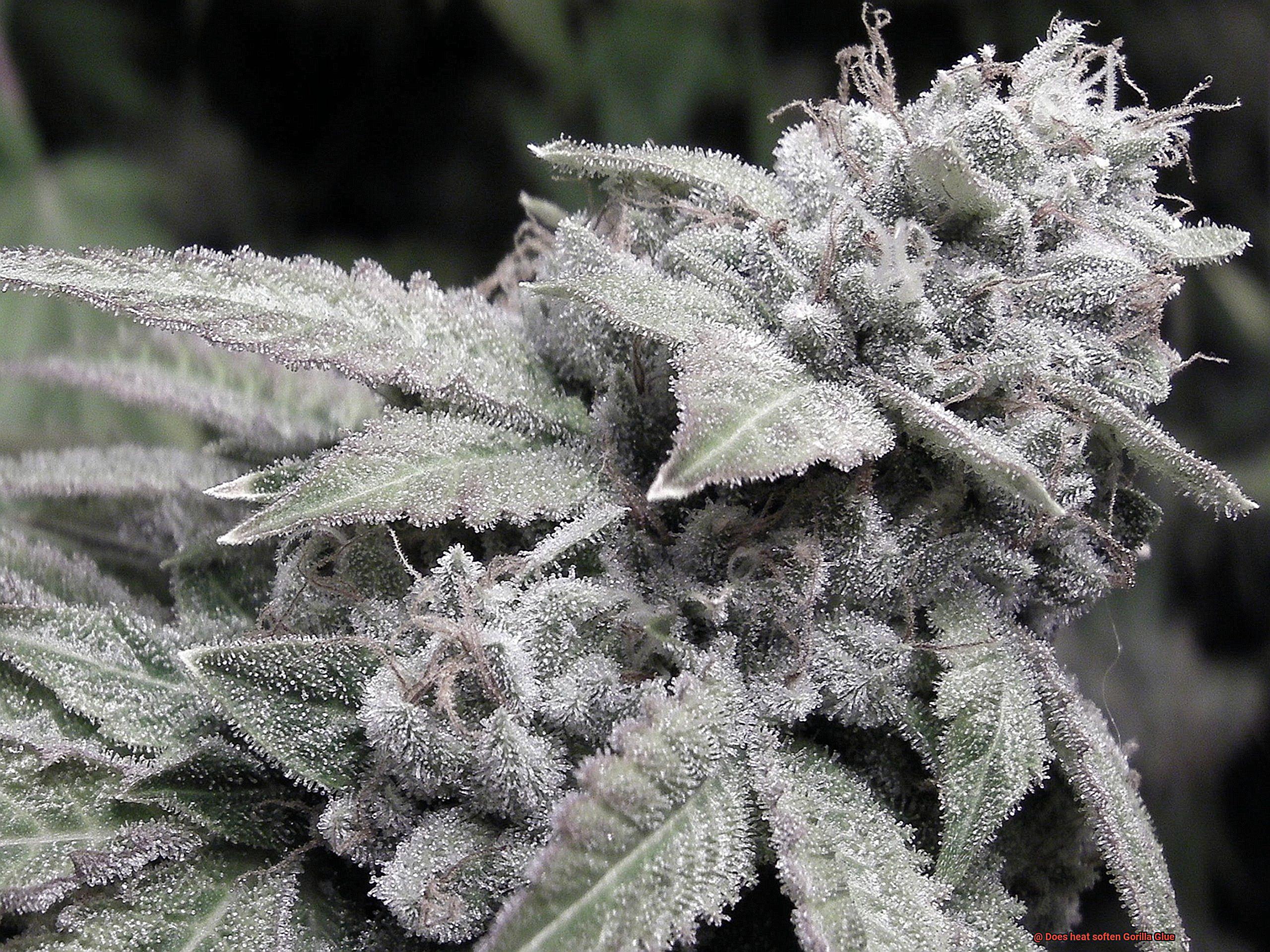
The Original Gorilla Glue, a polyurethane-based adhesive, is known for its ability to withstand extreme conditions. When exposed to heat, it may experience slight softening but will still retain its adhesive properties. With a temperature resistance of up to 220°F (104°C), it proves suitable for a broad range of applications, from household repairs to industrial projects.
Gorilla Super Glue: Fast Bonding That Can Take the Heat
Gorilla Super Glue, a cyanoacrylate adhesive, is designed for rapid bonding with its quick-drying formula. Though cyanoacrylate adhesives are generally not suited for high temperatures, Gorilla Super Glue can tolerate temperatures up to 200°F (93°C) for short durations without significant weakening of the bond. It is ideal for everyday projects that may encounter moderate levels of heat.
Gorilla Wood Glue: Heat-Resistant Bonding for Woodworking
Specifically formulated for woodworking projects, Gorilla Wood Glue provides a robust bond while being resistant to water, solvents, and heat. When exposed to heat, it may undergo slight softening but will maintain its structural integrity. With a temperature resistance of up to 140°F (60°C), it proves ideal for indoor woodworking applications.
Gorilla Epoxy: The High-Temperature Hero
Gorilla Epoxy, a two-part resin and hardener adhesive, offers a strong and durable bond that can withstand high temperatures. With a remarkable temperature resistance of up to 300°F (149°C), it excels in applications where heat exposure is expected, such as metalworking or automotive repairs. Its ability to maintain its bonding strength even under extreme heat makes it a go-to choice for professionals.
Choosing the Right Glue for Your Heat-Related Project
Selecting the appropriate Gorilla Glue formulation is crucial for ensuring optimal performance and durability in heat-related projects. For applications requiring exposure to extreme heat, such as metalworking or automotive repairs, Gorilla Epoxy is your best bet. If you’re working on everyday projects that may encounter moderate levels of heat, Gorilla Super Glue offers quick bonding strength. Additionally, Gorilla Wood Glue is an excellent choice for indoor woodworking projects.
ycLnwJ2Tfec” >
Conclusion
Gorilla Glue, known for its incredible strength and durability, is a popular choice for bonding various materials together. However, have you ever wondered if heat has the power to soften this mighty adhesive? Well, the answer may surprise you.
When it comes to Gorilla Glue, heat can indeed play a role in softening its grip. The high temperatures can cause the glue to become more pliable and easier to manipulate. This can be particularly useful when trying to remove or reposition an item that has been bonded with Gorilla Glue.
But don’t let this fool you into thinking that heat can completely dissolve or melt Gorilla Glue. It’s important to note that while heat can soften the glue, it won’t make it disappear entirely. The bond created by Gorilla Glue is incredibly strong and resilient, even in the face of intense heat.
So how exactly does heat affect Gorilla Glue? Well, as the temperature rises, the molecules within the glue start moving more rapidly. This increased movement weakens the bond between the adhesive and the surface it’s applied to, making it easier to separate or reshape as needed.
However, it’s crucial to exercise caution when applying heat to Gorilla Glue. Excessive heat can not only damage the materials being bonded but also pose a safety risk. Always follow proper safety guidelines and manufacturer instructions when attempting to soften or remove Gorilla Glue using heat.
In conclusion, while heat can indeed soften Gorilla Glue and make it more malleable, it doesn’t have the power to completely dissolve or melt this formidable adhesive.


